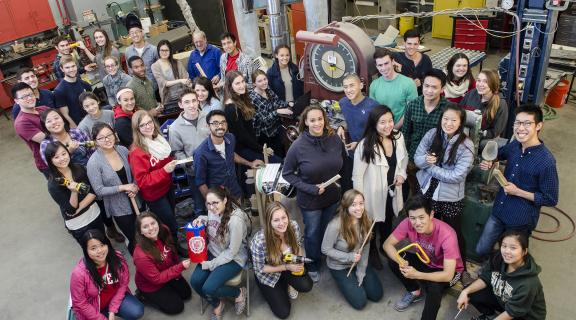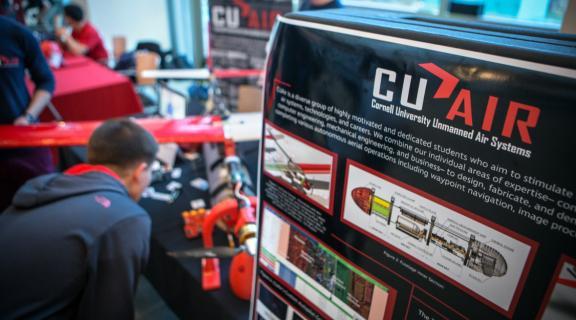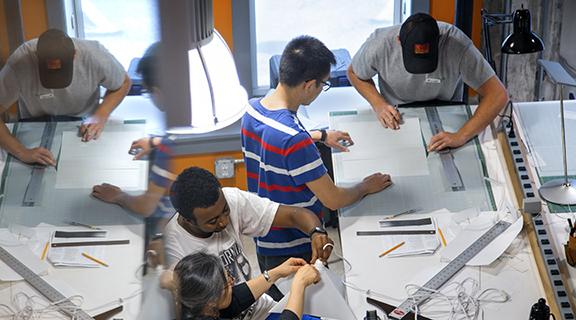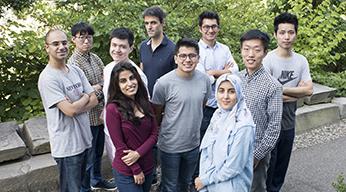
Admissions
Why Cornell Engineering?
"Scientists study the world as it is; engineers create the world that never has been."—Theodore von Karman
Cornell engineers challenge the status quo and do great things. Steeped in an environment of questioning, and with a focus on innovation, Cornell Engineering pursues excellence in all areas. Its faculty, students, and alumni design, build, and test products, improve the world of medicine, inform and shape our laws, create and drive businesses, become research luminaries, and overcome real and perceived barriers to achieve scientific breakthroughs that advance the quality of life on our planet.
We invite you to learn more about Cornell Engineering and its programs.
Did you know?
James W. Spencer (Civil Engineering, B.S., 1949, M.S. 1951) became the first "official" leader of the Cornell Local Roads Program (CLPR). Established after WWII in 1923, the program provided comprehensive applied research and extension support to highway superintendents and under Spencer hosted “Highway School” for 70 years.
In 2014, Prof. Michael King and his team unveiled a new method for killing metastatic cancer cells directly in the bloodstream. Almost 90 percent of all cancer deaths are caused by metastases and this new method could prove a valuable weapon in the fight against cancer.
Prof. Juris Hartmanis was the founder and first chairman of Cornell's department of computer science—one of the first computer science departments in the world. In 1965,he wrote a seminal paper with Richard E. Stearns establishing foundations for the field of computational complexity theory. In 1993, Hartmanis was awarded the A.M. Turing Award recognizing the importance of these ideas.
Jeffrey C. Hawkins (Electrical Engineering, B.S., 1979) invented the Palm Pilot, one of the first successful handheld personal digital assistant devices. The Palm Pilot’s form and function impacted the design of future smartphones.
In 1986, work of OR faculty Jim Renegar and Mike Todd helped break the rules in the conventional wisdom that the simplex method was the algorithm of choice to solve linear optimization problems; their work played a critical role in the development of a theory of interior-point methods for this application-rich problem domain.








